Where there is a border there are also gendarmes, customs officers and smugglers
The border was guarded by border guards, customs officials were responsible for registering and taxing goods, and smugglers - they tried in many ways to avoid both gendarmes and customs officers.
Smuggling
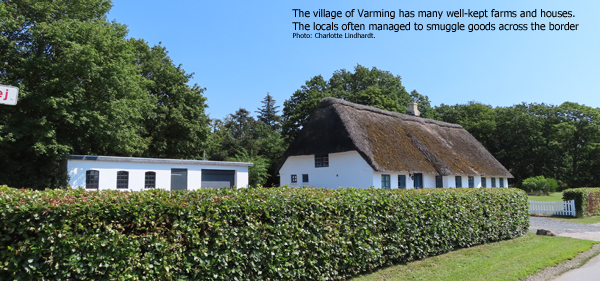
The locals often smuggled consumer items such as food and clothes. While a well-known trick was to put on several layers of clothes and deliver the surplus on the other side of the border, women could also pretend they were pregnant.
The German customs inspector was fooled
At one point, Anders Prinds from Spandet fooled the German customs inspector by switching a bag of salt with a bag of hay dust whilst hiding the salt in some bushes.

Burial coffee for a pig's head
In another instance, a man tried to smuggle a pig’s head over the border to Germany. Unfortunately, the importation and exportation of pork had been banned because of the outbreak of hog cholera in Germany. As a result, when the man was caught, neither the Danish nor the German authorities wanted the pig’s head in their country, and the pig’s head ended up being buried precisely halfway between the two countries. The district bailiff from Ribe and the German county judge arrived at the scene along with many other inquisitive onlookers, and Innkeeper Jens Nissen served burial coffee in Hømlund Kro following the event.
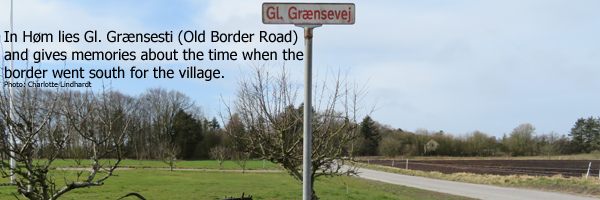
Smuggling livestock
Ordinary consumer items, such as food and clothing, were not the only things that were smuggled across the border. The peasant farmers bought and sold livestock and horses across the border, and they sometimes tried to avoid having to pay customs duty by quietly and calmly herding the animals through fields or streams
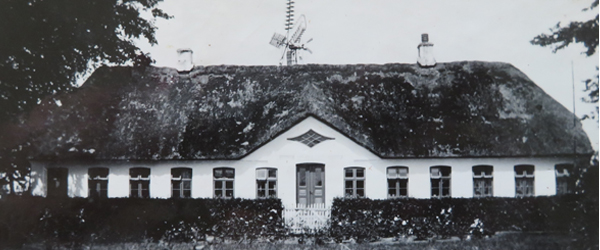
The border-farm Højgaard at Kongeåen. The farm has for several generations been in the possession of the Family Garder, which stretched Villebøl Kro from the fields. The Border Road leads near to the Farm. Photo: Johannes Garder
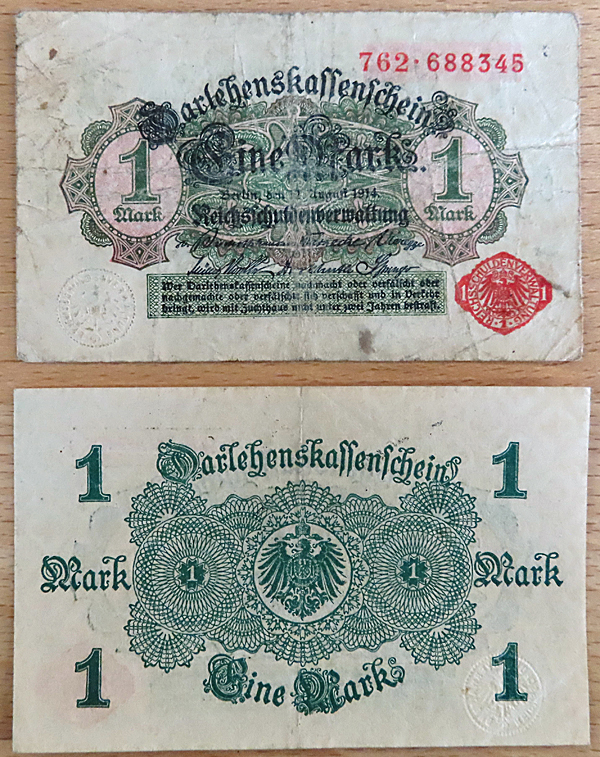
Deutsche Mark was used to pay on the German side of the border, and the Kalvslund Local Archive has many fine copies. Photo: Kalvslund Local Archives.
Escape across the border
Peter and Iver were brothers. They lived on a farm called Bavngård on Koldingvej 74 – which had been a German customs office up until 1907. The farms’ fields touched the border into Denmark in two corners. Peter was at home on leave from the war effort. One day, he and his brother went out to spread manure on the field – up and down, along its boundary, where the German border guards were patrolling. The brothers made sure to “walk in step” with the Germans, so that they had their backs to them on every second turn, with the result that the brothers were out of shooting range at one point, and quietly but surely could cross the border successfully.
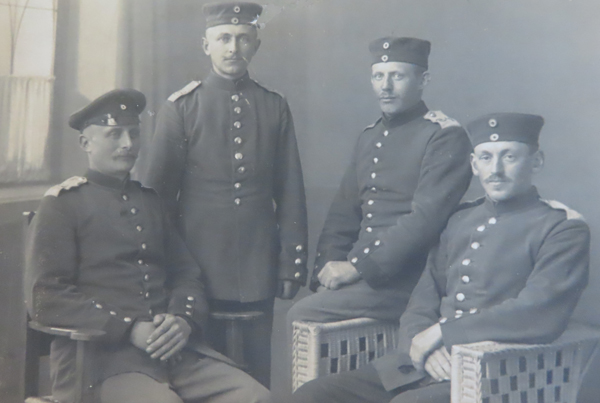
Four young men who were called up as German soldiers during the First World War. One of them was Peter, who fled Germany by crossing the farm chasm while him and his brother scattered crap. Photo: Kalvslund Local Archives.
Danish Gendarmes accosted a German border customs
In 1901, two Danish gendarmes from Obbekær, Niels Jørgensen and Jens Peter Christian Petersen, were discharged having spent 4 and 5 days in jail, respectively, because they had crossed the border to Harreby and become very drunk at the inn, after which Petersen had accosted a German border customs official.
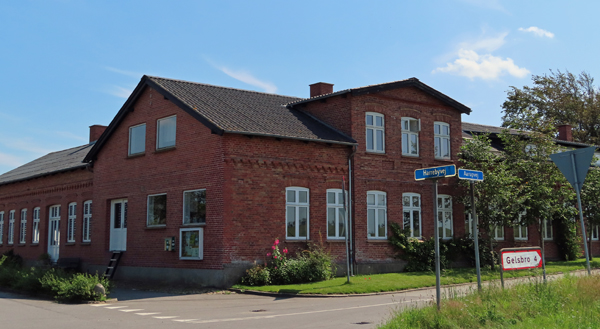
In this building was Harreby Kro, where in 1901 two Danish border guards got drunk and attacked a German customs officer. The gendarmes Jørgensen and Petersen were sentenced to 3 x 5 and 4 x 5 days dark and lonely arrest with dietary restrictions and dismissed from service. Photo: Charlotte Lindhardt.
Memorial stone
A memorial stone was raised in Harreby to commemorate the Reunification in 1920. It stands surrounded by four border stones - nos. 22, 28, 30 and 31, which had previously been situated near Varminglund and between Gels Å River and Kamtrup.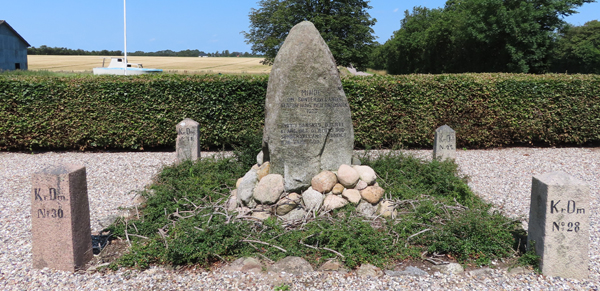
Border stones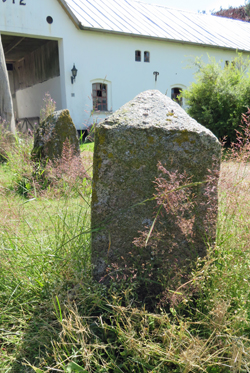
Facing Hjortvad Overgaard on Hygumvej 7 there are two border stones, nos. 46 and 47, which had previously been situated next to Hjortvad Krat.
The German Customs checkpoint
The border district around Harreby was sparsely inhabited. As a result, the Germans chose a statistical reporting post when establishing a customs office there in 1865. The reporting post was under the control of the Hauptzollamt in Haderslev.
All residents on the German side of the border were able to move tax-free goods freely. The goods were subsequently registered with a larger German customs checkpoint.

